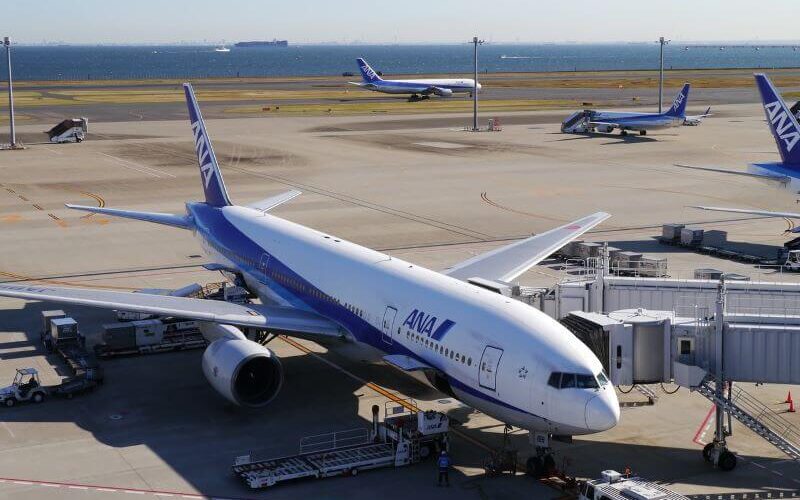All Nippon Airways (ANA) made a decision on 21th to cut 25 to 30 large aircraft mainly for long-haul international routes. Including leasing, ANA currently has 59 large planes, which will be reduced by half. Compared with small and medium-sized aircraft, large aircraft have less fuel efficiency and higher maintenance costs, making them the main target under streamlining measures. All Nippon Airways also had to withdraw its plans to expand its routes because of the pandemic.
For airlines, aircraft are the main generators of revenue, and a reduction in aircraft ownership carries the risk of not being able to cope with the increase in passengers when demand for air travel resumes. However, ANA believes it is necessary to completely revise its business plan on the premise that the market will not recover for some time.
ANA Holdings (ALNPY), ANA’s parent company, will include more relevant details in the business plan report to be released on the 27th. The report is expected to include announcing a loss of about 530 billion yen (USD 5.07 billion) in consolidated net income for fiscal 2020 (April 2020-March 2021). This year’s deficit is estimated to be a record high in the group’s history. With tens of billions of yen worth of large aircraft, the downward book value became one reason for the enormous losses.
The large aircraft to be cut include the Boeing 777, which has up to about 500 seats. In addition to finding buyers, such as leasing companies, spare parts’ separate sale after dismantling is also being considered, and the storage at off-airport locations. Among small and medium-sized aircraft, less efficient and older aircraft as well are the target for disposal.
Though large airplanes can carry more passengers at once, they also cost more in fuel and have higher maintenance costs, so they cannot be profitable if they have low load factors. Under the COVID-19 pandemic, airlines such as ANA have continued to reduce their international flights. Many of their planes are left parking at airports with remained downtime fees, which puts a heavy strain on the airlines’ finances.
Japan Airlines (JAL), which went bankrupt in 2010, later cut more than 100 aircraft during restructuring, in line with the layoffs of about 16000 employees. Due to worldwide travel restrictions, many companies are experiencing low operating rates of their facilities. Large-scale downsize of the fleet is likely to be implemented one after another in the future.

